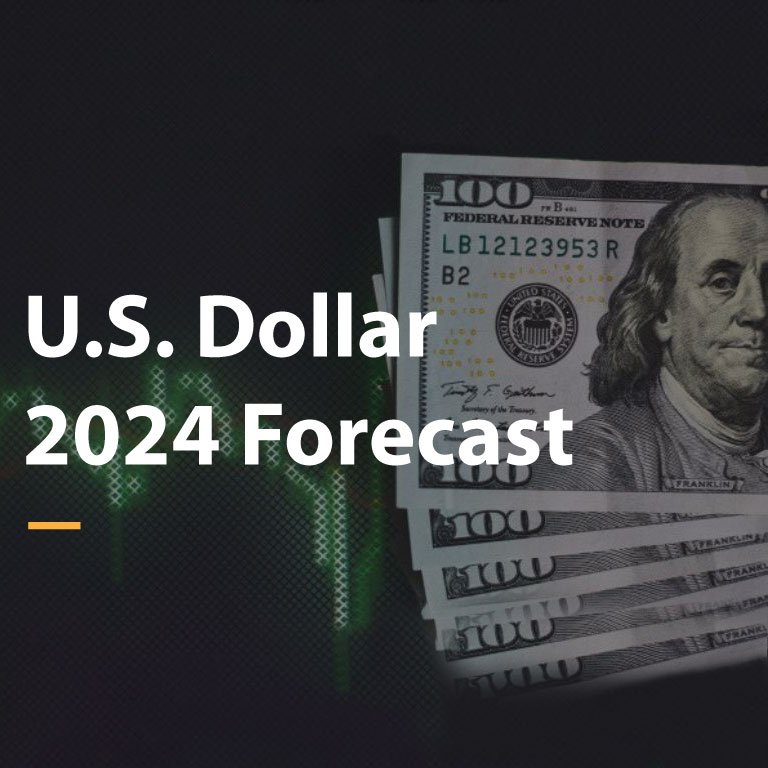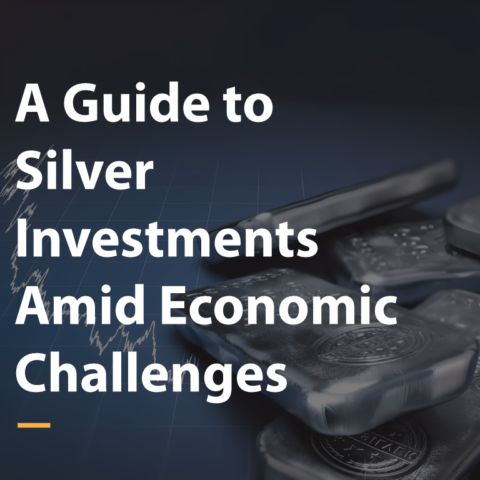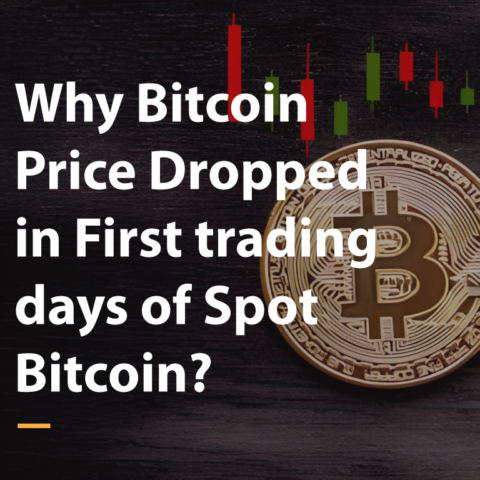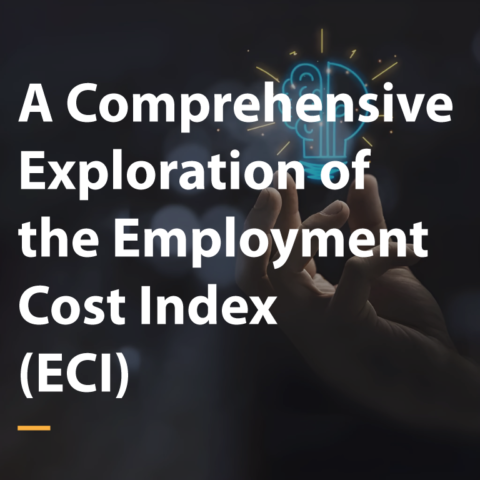Contents
The U.S. Dollar, the undisputed heavyweight of the global currency scene, has flexed its muscles in 2023. Bolstered by rising interest rates and a flight to safety amid global uncertainties, the greenback has soared to multi-decade highs against many of its rivals. But as we peer into the crystal ball of 2024, the question looms: will the dollar’s reign continue, or is a shift in fortunes on the horizon? In this analysis, we delve into the prospects and challenges that lie ahead for the U.S. Dollar in 2024
Highlights:
- The Federal Reserve’s potential shift to a dovish stance, with interest rate cuts, may weaken the U.S. Dollar in 2024 against other currencies.
- A synchronized global economic recovery, especially in Europe and Asia, could reduce demand for the dollar as a safe haven, potentially weakening it against resurgent economies’ currencies.
- Improved global economic sentiment and reduced geopolitical tensions may lead investors to favor riskier assets, impacting the safe-haven status of the dollar.
- The dollar’s strength could persist if the US economy outperforms others, particularly if global economic conditions face deeper recessions or financial instability.
Factors Influencing the U.S. Dollar in 2024
- The Fed Doves: The Federal Reserve, the architect of the dollar’s recent ascent, could soften its hawkish stance in the face of slowing economic growth or easing inflation. Potential interest rate cuts in the latter half of 2024 could dampen the dollar’s appeal, making other currencies relatively more attractive.
- Global Recovery Takes Hold: A synchronized global economic recovery, particularly in Europe and Asia, could reduce the demand for the dollar as a safe haven. This could weaken the greenback against currencies of resurgent economies.
- Risk Appetite Returns: A fading of geopolitical tensions and improved global economic sentiment could revive investors’ risk appetite, leading them to favor riskier assets and currencies over the safe-haven dollar.
But Don’t Count the Dollar Out Just Yet:
- US Economy Outperforms: A scenario where the US economy outperforms other major economies, even in a global slowdown, could keep the dollar supported. This is especially true if other economies face deeper recessions or financial instability.
- Geopolitical Turmoil Lingers: Ongoing geopolitical tensions, such as the war in Ukraine, could continue to drive demand for the dollar as a safe haven, even if the Fed pivots to a dovish stance.
- Policy Divergence Persists: If the Fed remains relatively hawkish compared to other central banks, particularly in Europe and Japan, the dollar could retain its relative strength due to wider interest rate differentials.
U.S. Dollar in 2024: Implications for Investments and Global Interactions
The future of the dollar in 2024 remains shrouded in some uncertainty. However, by considering the potential scenarios and their implications, individuals and businesses can make informed decisions about:
- Investment strategies: Investors may want to consider diversifying their portfolios beyond dollar-denominated assets if they anticipate a weakening greenback. Conversely, a strong dollar scenario could favor US assets.
- Currency hedging: Businesses with international exposure may need to implement currency hedging strategies to mitigate the risks associated with exchange rate fluctuations.
- Global trade and travel: A weaker dollar could benefit US exporters but make imports more expensive. Conversely, a stronger dollar could boost tourism to the US but make travel abroad more costly.
Conclusion
While the U.S. Dollar in 2024 dominance is not guaranteed, its status as a safe haven and the potential for continued US economic outperformance suggest it won’t relinquish its crown easily. However, a dovish Fed, a synchronized global recovery, or a return of risk appetite could challenge the dollar’s reign. As we navigate the uncertainties of 2024, keeping a close eye on the evolving economic landscape and central bank policies will be crucial for making informed decisions and preparing for potential shifts in the currency market.








